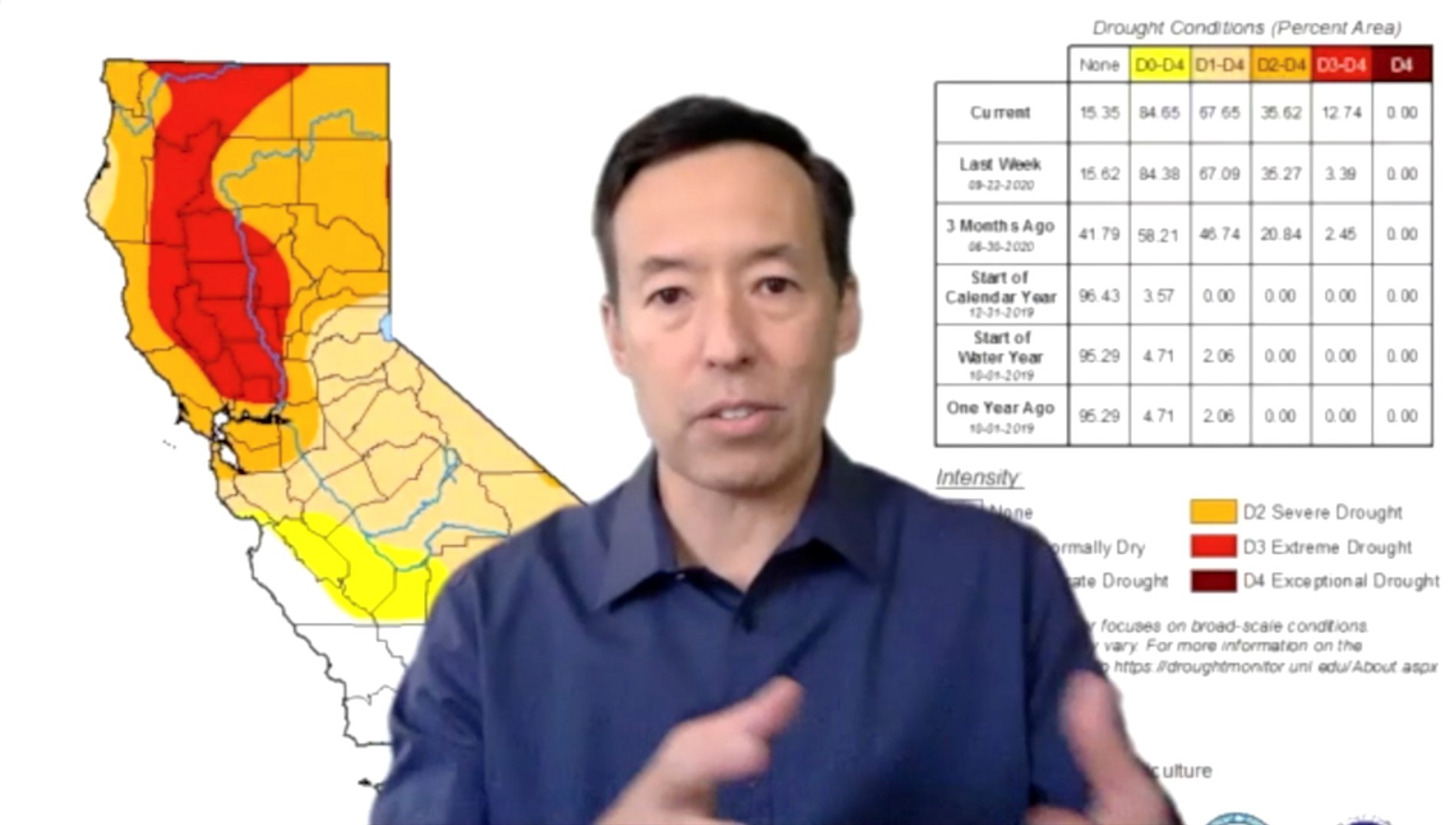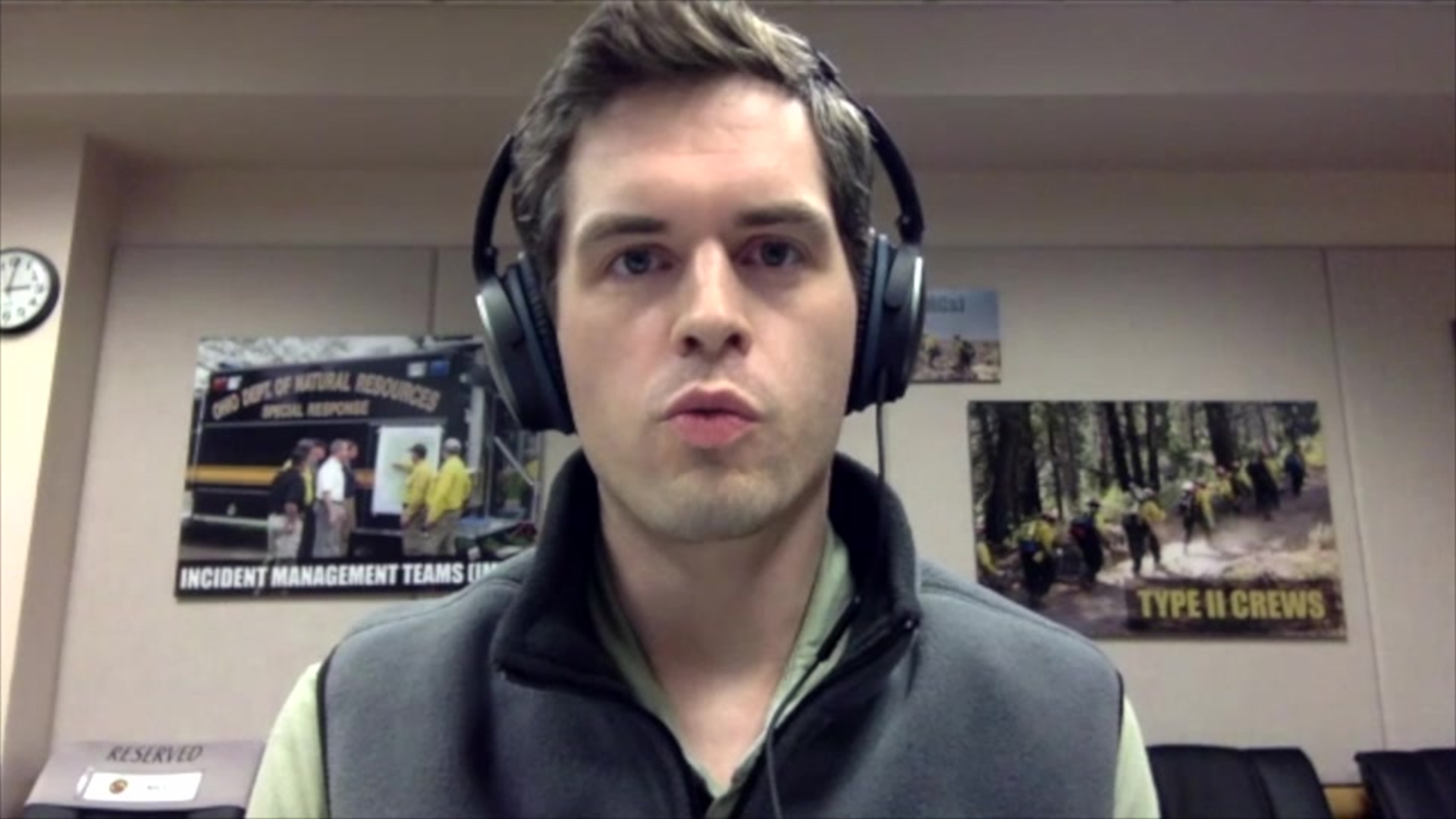It could be a game changer for fire weather and smoke dispersion forecasting from large wildfires, and it comes at a time when California is enduring its worst fire season on record.
Adam Kochanski, assistant professor at San Jose State Meteorology and Climate Sciences, says a new weather model in development has successfully forecast pyrocumulus and pyrocumulonimbus activity associated with the Creek Fire.
It's a critical feat, Kochanski explained, as fire crews can use this information to plan operations and keep crews safe from sudden, extreme fire activity.
The integration of wildfire generated heat has also enabled simulations of potential fire growth based on time specific atmospheric conditions. This has enabled another breakthrough in smoke dispersion forecasting, Kochanski adds.
By understanding how much heat is being generated by the column plumes associated with large wildfires, one can better forecast smoke dispersion both vertically and near the surface. Kochanski says the benefits of this are two-fold both for fire crews and air pollution forecasting.
Days with heavy smoke and low visibility hinder or halt air crews from assisting on wildfires. Pinpointing times when visibility improves can be critical for managing resources and air crew safety.
And in a year with a record number of unhealthy days due to wildfire smoke, including a record consecutive stretch of 30 days in the Bay Area. using a weather model that can forecast potential wildfire spread and intensity has a direct feedback to smoke pollution, something missing from the mainly wind-based air pollution forecasts used today.
Kochanski believes the regional air districts could greatly benefit from the model that highlights, with precision, potential areas enduring unhealthy air quality while potentially determining for how long those conditions may linger in an area.
Ongoing research like the work being done on the SFire model continues with Fire Weather Lab and San Jose State's new Wildfire Interdisciplinary Research Center announced in September.



